Dubai’s flagship carrier Emirates has completed the retrofit of five of the 120 aircraft earmarked for its ambitious USD 2 billion retrofit programme, a top airline official has revealed.
Adel Al Redha, Chief Operating Officer of Emirates, said the airline can now retrofit two aircraft every month. Work is underway to improve efficiency by reducing the number of days to retrofit one aircraft.
“Every aircraft (Airbus A380) that has undergone a retrofit has been deployed to various destinations within our network.”
Adel Al Redha, Chief Operating Officer of Emirates.
Emirates has earmarked its Airbus A380s and Boeing 777s for a facelift until April 2025. Once 67 A380s are refreshed and back in service, Emirates will begin the retrofit of 53 of its Boeing 777s. Adnan Kazim, Chief Commercial Officer of Emirates, revealed that it costs USD 15 million to retrofit one aircraft.
The retrofit programme will result in nearly 4,000 Premium Economy seats installed, 728 First class suites refreshed, and more than 5,000 Business class seats upgraded. The airline aims to retrofit four Emirates aircraft from start to finish every month, continuously for over two years.
One of the Emirates A380s undergoing the retrofit programme.
Al Redha added, “We are improving our efficiencies by reducing the number of days that it takes to retrofit an aircraft. It’s been very successful and is going as per target.” In January, the airline’s first retrofitted A380 was deployed to London Heathrow, and plans are underway to get 50 aircraft to be part of the retrofit programme this year.
Commenting on the airline’s efforts to adopt sustainable aviation fuel (SAF), Al Redha said Emirates has engaged with several airports across Europe and the Far East to use alternative fuel wherever possible. Emirates successfully operated its first milestone demonstration flight on a Boeing 777-300ER, powering one of its engines with 100 per cent SAF in January this year.
Since the airline successfully completed the test flight, Emirates is working with these European and Far East airports to bring about a practical use scenario to use SAF. “We have a clear strategy towards our obligation to participate in a zero emission approach. Aircraft fuel is one of the elements that can give us such an advantage,” said Al Redha.
“Since we have proven that it is possible to use SAF in one of the aircraft engines, we have been engaged with airports in Europe and the Far East where we would be carrying a percentage of our fuel from SAF.
I think UAE hosting COP28 by November this year (is also a significant step forward) towards adopting more such clean measures,” he added. However, the biggest challenge remains the ease in availability of such fuel at the airports. “The use of SAF is still subject to availability at various airports,” stated Al Redha.
The airline COO also confirmed that Emirates is working with Boeing and GE to run a second set of tests where both engines for the aircraft will be tested using SAF. “Once we are satisfied with all parameters (needed to run a test flight successfully), we will run the second test flight. But for now, even using one engine to run on SAF provides great opportunities for savings on fuel consumption,” said Al Redha.
For example, for an aircraft to operate from here to Europe, the fuel requirement stands at approximately 70 tonnes. “If only 50 per cent of that is being used, it cuts down consumption to 35 tonnes, resulting in considerable fuel savings,” he added.
On the airport front, Emirates has also shifted to using electric cars for its First and Business Class passengers. “Both dnata and we are working to replace traditional cars with electric cars in the future. We are very committed and have a strategic plan to deploy sustainable measures realistically,” he added.
With inputs from Gulf news.
Read next
1,171 flights were cancelled due to technical reasons in 2022; IndiGo at top of the list
Radhika Bansal
14 Mar 2023
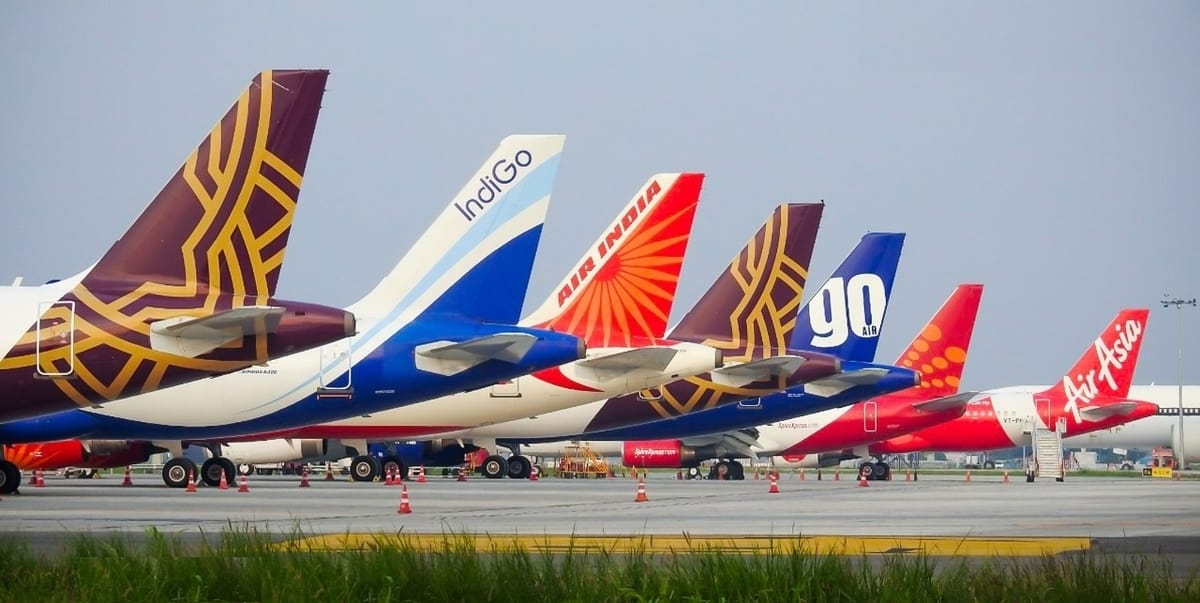
As many as 1,171 flights were cancelled due to technical reasons in 2022, according to the civil aviation ministry. In 2021, the number was 931 while it was 1,481 in 2020, as per the DGCA data provided in a written reply to the Rajya Sabha by Minister of State for Civil Aviation VK Singh on Monday.
The details of flights cancelled due to technical reasons are those submitted by airlines to the Directorate General of Civil Aviation (DGCA).
"The responsibility for maintaining the aircraft lies with the airline which is required to ensure that the aircraft is maintained as per the maintenance programme approved by the DGCA," Singh said.
He said DGCA ensures that the airline and the maintenance organisation continue to comply with the regulatory requirements against which they have been initially approved through a system of surveillance, audits, spot checks and night surveillance, among others.
"In case of non-compliance, DGCA ensures that rectification steps are taken by the airlines/ maintenance organisation. DGCA initiates enforcement actions against organisation/ personnel in case violations are found, which may include warning, suspension, and cancellation, including the imposition of financial penalty," he added.
Over the past three years, IndiGo has had the highest number of flight cancellations due to a ‘technical glitch’ followed by Air India and SpiceJet. In 2022, IndiGo cancelled 613 flights, whereas Air India cancelled 122 flights and SpiceJet cancelled 151 flights.
A Rajya Sabha response stated that IndiGo, which operates the highest number of average daily flights in India, has also cancelled the highest number of flights. In 2020, the airline cancelled 155 flights due to a technical glitch, followed by 188 flights in 2021 and a multi-fold rise of 613 in 2022.
Recently privatised Air India too had a large chunk of its flights cancelled due to technical glitches. In 2020, when Air India was owned by the government it cancelled 831 flights. In 2021 too it cancelled 316 flights. It was privatised last year after which its cancellations due to technical glitches dropped to 122 flights.
Another government airline, Alliance Air had cancelled zero flights due to technical glitches in 2020, however, it rose to 56 flights in 2021 and 166 in 2022. SpiceJet cancelled 104 flights in 2020, followed by 136 flights in 2021 and 151 in 2022.
Over the past three years, a total of 1,481 flights, 931 flights and 1,171 have been cancelled due to technical glitches.
Read next
The civil aviation ministry on Monday, March 13 said there is no proposal to lease non-operational airstrips to pilot training institutions for training pilots.
There are 35 Flying Training Organisations (FTO) in the country operating from 53 bases that provide aircraft flying training to obtain Commercial Pilot Licenses (CPL). These FTOs have been approved by the Directorate General of Civil Aviation (DGCA).
In a written reply to the Rajya Sabha, Minister of State for Civil Aviation V K Singh said that in 2021, the Airports Authority of India (AAI) awarded nine FTO slots at five airports at Belagavi (Karnataka), Jalgaon (Maharashtra), Kalaburgi (Karnataka), Khajuraho (Madhya Pradesh) and Lilabari (Assam). These slots were awarded through a competitive bidding process.
No proposal to lease non-operational airstrips for training pilots
Last June, 6 FTO slots were awarded at five AAI airports -- two at Bhavnagar (Gujarat), and one each at Hubballi (Karnataka), Kadappa (Andhra Pradesh), Kishangarh (Rajasthan) and Salem (Tamil Nadu).
To a query, Mr Singh said, "currently, there is no proposal in the Government to lease non-operational airstrips to the pilot training colleges/institutions for the training of pilots".
AAI has leased out eight airports -- Delhi, Mumbai, Ahmedabad, Guwahati, Jaipur, Lucknow, Mangaluru and Thiruvananthapuram -- through Public Private Partnership (PPP) for operation, management and development on a long-term lease basis.
"Out of these, Delhi and Mumbai airports were handed over in 2006. During the last five years i.e. from 2017-18 to 2021-22, AAI has received revenues of approximately INR 5,500 crore from Delhi Airport and INR 5,174 crore from Mumbai Airport," the minister said in a separate written reply.
From the other six airports till February 2023, AAI has received concession fees of around INR 896 crore. "Further, AAI has also received an amount of approximately INR 2,349 crore in the form of upfront fee towards the capital expenditure incurred by AAI at these airports," he said.
ALSO READ - 9 airports using the PPP model will see a 50% increase in revenue this fiscal year
During the PPP process -- from March 2018 till handing over the airports to the PPP partner -- AAI spent an amount of approximately INR 1,970 crore towards capital works at the six airports. "This capital expenditure incurred by AAI has been paid to AAI by the PPP partner," he added.
ALSO READ - India requires 1,000+ pilots per year but training facilities lacking
As per National Monetization Pipeline (NMP), 25 AAI airports have been earmarked for leasing over the 2022 to 2025 period.
In another written reply, the minister said that at present, there are 30 operational international airports in the country.
ALSO READ - 10 airstrips in Rajsthan get INR 37.75 crore for development & expansion work
Read next
India and Russia have "in principle" agreed to revise their bilateral air services agreement whereby Russian carriers will be allowed to operate as many as 64 weekly flights to various Indian cities, according to a senior official.
Under the existing agreement, Russia can operate up to 52 weekly civilian flights to India. India has "in principle" agreed to increase the number of weekly flights that Russian carriers can operate to India to 64 from 52. In this regard, the bilateral air services agreement will be amended in due course, the official told PTI.
Currently, Aeroflot operates seven weekly flights to India while no Indian airline is flying to Russia. Earlier, Air India used to operate flights to Moscow. Air India earlier flew its Boeing 787 Dreamliner to Moscow, but the service was interrupted following Russia’s invasion of Ukraine.
ALSO READ - Air India suspends Delhi-Moscow flight
Russia can now operate 64 weekly flights to India
On the condition of anonymity, the official also said it will take some time before Russian carriers will be able to fully utilise the quota of the total number of weekly flights permitted to operate to India.
Last month, an Indian delegation led by Civil Aviation Secretary Rajiv Bansal visited Moscow for a meeting related to bilateral cooperation in civil aviation. A protocol on cooperation in the civil aviation sector was also formalised at the meeting on February 17, the civil aviation ministry said in a tweet.
The meeting, which was part of the ninth session of the India-Russia Sub-Group on Cooperation in Civil Aviation, was chaired by Bansal and Russian Deputy Minister of Transport Igor Chalik.
Under the India-Russia bilateral air service agreement, Russian carriers can operate flights to six points of call or destinations in India -- Delhi, Mumbai, Kolkata, Goa, Amritsar and Ahmedabad. Indian airlines are permitted to fly to six destinations in Russia, including Moscow and St. Petersburg, as per an update with the civil aviation ministry as of March 7.
India has bilateral air services agreements with around 116 countries. Any designated airline of a foreign country can operate to/from a point in India if designated as a point of call in the bilateral air services agreement signed between India and the country concerned.
At present, the Indian government is not granting any non-metro airport as a new point of call to any foreign carrier for operating passenger services. This is due to a "significant imbalance in the number of points of call in favour of foreign carriers," as per the civil aviation ministry.
The conflict between Russia and Ukraine has had an impact on aviation all across the world, prompting several airlines to scale back or discontinue specific routes. Depending on how their country's relations with Russia are, carriers may benefit or suffer. For instance, Chinese and Indian airlines can operate flights using less fuel than other airlines that must take a longer route for the same flight because they are free to use Russian airspace.
Read next
Lockheed Martin, a major player in the defence and aerospace industries, and Tata Group of India have signed a contract to construct fighter plane wings at their Hyderabad-based joint venture Tata Lockheed Martin Aerostructures Ltd (TLMAL). The Memorandum of Understanding (MOU), according to Lockheed Martin, calls for the manufacturing of 29 fighter wing shipsets, with the option of producing additional shipsets, with deliveries starting in 2025.
"These wings are initially intended for the F-16 Block 70/72 jets and would be delivered to our US facility in Greenville, South Carolina, for inclusion into the production/final assembly line. However, the transfer of technology and manufacturing rigor that Lockheed Martin and Tata have demonstrated will transfer to the F-21 if/when selected by the Indian Air Force. We are proposing the F-21 for India, and these would be produced in India," a Lockheed Martin official told.
https://twitter.com/LMIndiaNews/status/1634216342420111361
Lockheed Martin formally recognised TLMAL as a potential co-producer of fighter wings in October 2021 after the latter`s successful production and qualification of a prototype fighter wing shipset.
Through this prototype project, TLMAL was required to demonstrate the capability to perform detailed part manufacturing and delivery of a fully-compliant fuel-carrying 9-g, 12,000 hour, interchangeable/replaceable representative fighter wing, Lockheed Martin said on Friday.
"That achievement further strengthened Lockheed Martin`s partnership with India and supports its F-21 offering to procure 114 new fighter aircraft exclusively for India and the Indian Air Force by proving additional indigenous production capability. The India F-21 represents an unprecedented strategic and economic opportunity for the US-India relationship and represents a catalyst to future advanced technology cooperation," Lockheed Martin said.
According to the Lockheed Martin official, the F-21 would serve as a force multiplier for the Indian Air Force with an unmatched capability-to-cost ratio compared to the competition.
"In addition, the F-21 is equipped with state-of-the-art systems and sensors that would allow the Indian Air Force to detect, track and engage multiple targets in a contested environment. The current and future state of warfare will be centered on gathering and sharing information across multiple domains (air, land, sea, space, and cyber) to make effective decisions as quickly as possible. The F-21 will be able to integrate across these domains and across Indian services to provide current and future relevance," the official added.
The F-21 will leverage advanced technologies from across the Lockheed Martin fighter portfolio. It is a single-engine, low-life cycle cost platform with an optimal max take-off weight between the Rafale and Tejas.
"Our F-21 offer is also `Make in India,` which addresses the goals of `Aatmanirbhar Bharat` while providing India with an improved security cooperation relationship with the United States," ythe official said.
Also, the F-21`s industrial offering will put India at the epicentre of the world`s largest fighter production and sustainment market, creating thousands of highly-skilled jobs in India, the official added. Tata Advanced Systems Limited and Lockheed Martin Aeronautics had established TLMAL as a joint venture in 2010.
TLMAL is the single global source of C-130J empennage assemblies installed on all new Super Hercules aircraft. To date, TLMAL has manufactured and delivered nearly 200 C-130J empennages.
"I am proud of Tata Group`s partnership with Lockheed Martin on this prestigious project. I would like to congratulate the TLMAL team for successfully industrialising and qualifying the fighter wing in spite of the technological complexity involved. I am confident the initiative of manufacturing fighter wings in India will go a long way in strengthening the aerospace and defence manufacturing ecosystem in India," said N. Chandrasekaran, Chairman Tata Sons Pvt. Ltd.
Read next
Saudi Arabia’s government has unveiled its new national airline, branding it Riyadh Air, headed by former Etihad Aviation Group chief Tony Douglas. Riyadh Air will operate from a hub in the Saudi capital with a network expanding to more than 100 destinations by 2030. The airline will be the gateway between the three continents of Asia, Africa, and Europe.
It has not detailed its planned fleet, but the Saudi Arabian Public Investment Fund states that it will acquire “modern aircraft equipped with the latest technology” to achieve “world-class” safety and sustainability.
“Establishment of the airline is aligned with [our] mandate to further enable the aviation eco-system in Saudi Arabia,” says the fund, of which the carrier will be a wholly-owned subsidiary.
“Riyadh Air will usher in a new era for the travel and aviation industry globally and will provide tourists from around the world the opportunity to visit Saudi Arabia’s cultural and natural attractions.” It expects the new carrier to bring USD 20 billion in GDP growth to the kingdom and create over 200,000 jobs.
Saudi Arabia already has a national airline, Saudia, which is already undergoing its own modernisation and expansion programme.
Riyadh Air will be chaired by the fund’s governor, Yasir Al-Rumayyan, while Tony Douglas will serve as chief executive. Abu Dhabi-based Etihad revealed last October that Douglas was leaving the company.
“Riyadh Air will be a digitally native airline, driven by a pioneering spirit with an obsessive focus on attention to detail and innovation at its heart. We aim to permanently transcend our guests’ perceptions and experiences of flying in the modern world.”
Tony Douglas, CEO, Riyadh Air
Saudi and international figures will make up the new airline’s senior management, says the fund, adding that the carrier will – like the major Gulf airlines – take advantage of its geographical position between Asia, Europe and Africa. "The new national airline is set to benefit from [our] investment expertise and financial capabilities,” the fund adds.
King Khalid airport in Riyadh is set to undergo expansion and be transformed into King Salman airport. Last November officials announced plans for a new airport in the capital Riyadh -- spanning 57 square kilometres (22 square miles) -- that is set to accommodate 120 million travellers per year by 2030 and 185 million travellers by 2050.
The airline will act as a “catalyst” for the kingdom’s national tourism and transport strategy, the fund says, by expanding passenger and cargo air transport options. Riyadh Air will “unlock” promising sectors, it adds, and help diversify the economy, enabling a “more financially resilient” aviation ecosystem.
The Gulf kingdom is pursuing ambitious aviation goals as part of Crown Prince Mohammed bin Salman's wide-ranging "Vision 2030" reform agenda, including more than tripling annual traffic to 330 million passengers by the end of the decade. It also wants to move up to five million tonnes of cargo each year.
Saudi Arabia ne
Saudi Arabia’s Public Investment Fund (PIF) is close to a deal to order Boeing commercial jets for the fleet of a new national airline, The Wall Street Journal reported on Saturday, citing people familiar with the matter.
The aircraft order is valued at USD 35 billion, the report said, adding that the deal could be announced soon during an official launch of the national airline. The deal includes wide-body jets which are often used for long international flights.
In October, Saudi Arabia was in advanced negotiations to order almost 40 A350 jets from Airbus, with Boeing also lobbying for a slice of the kingdom’s transportation expansion, industry sources had told Reuters.
The head of state-owned Saudi Arabian Airlines (Saudia) had then told Reuters that it was in talks with Boeing and Airbus on orders both for itself and a planned new carrier, RIA. Boeing declined to comment and the Saudi PIF did not immediately respond to a request from Reuters for comment on the report.
Last month Air India announced an order for 470 planes from Boeing and Airbus in record-setting deals for the commercial aviation industry. The order includes 220 Boeing jets valued at $34 billion, with 190 737 Max aircraft, 20 787 Dreamliners and 10 of the company’s 777Xs.
Saudi Arabian airlines and their fleet
Currently, there are 4 scheduled operators in Saudi Arabia - Saudia (flag carrier of Saudi Arabia), Saudia-owned flyadeal, low-cost carrier Flynas and Nesma Airlines.
Saudia operates a diverse fleet comprising both Airbus and Boeing aircraft. The fleet comprises of Airbus A320, Airbus A321, Airbus A330, Boeing B777 and Boeing B787. The airline has also placed an order for 15 Airbus A321 XLR and 20 Airbus A321 Neo.



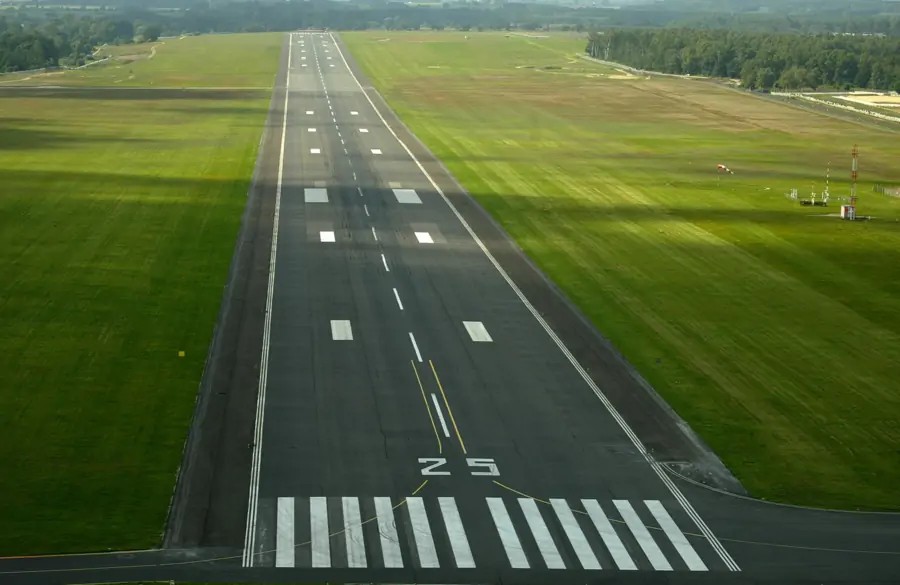
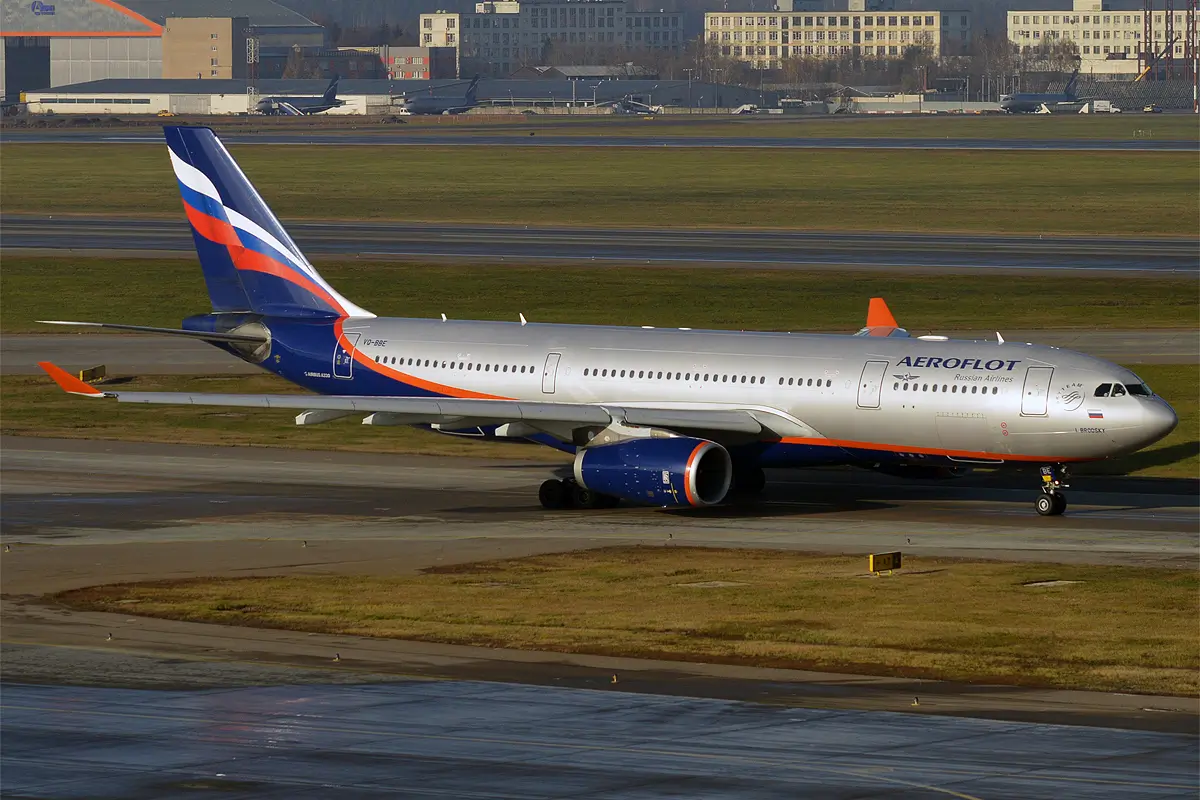

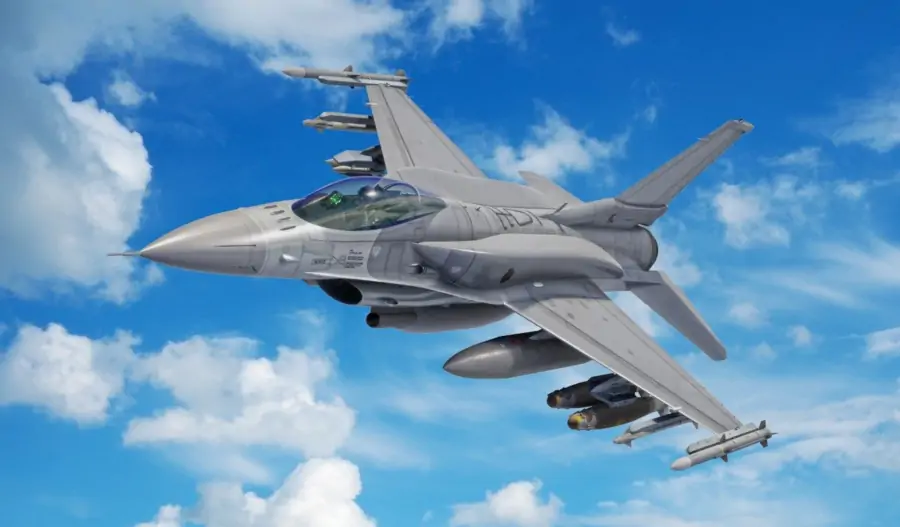
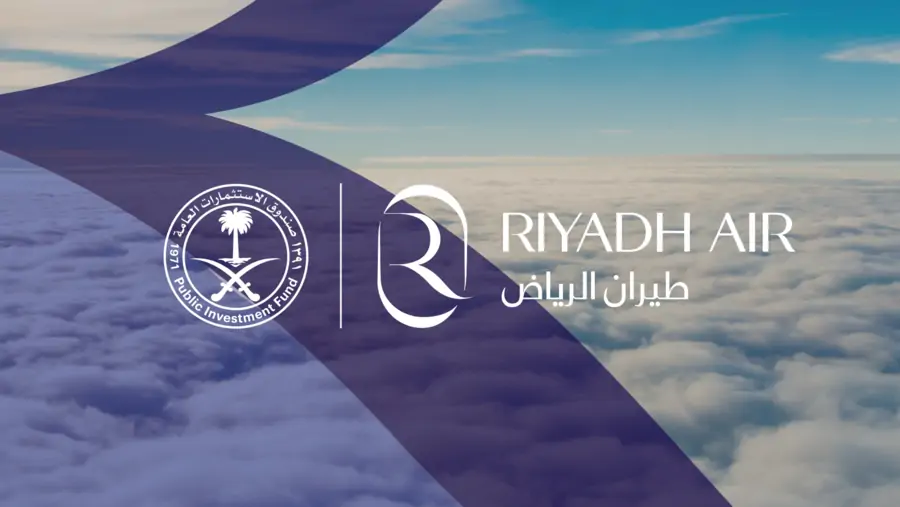
Comment